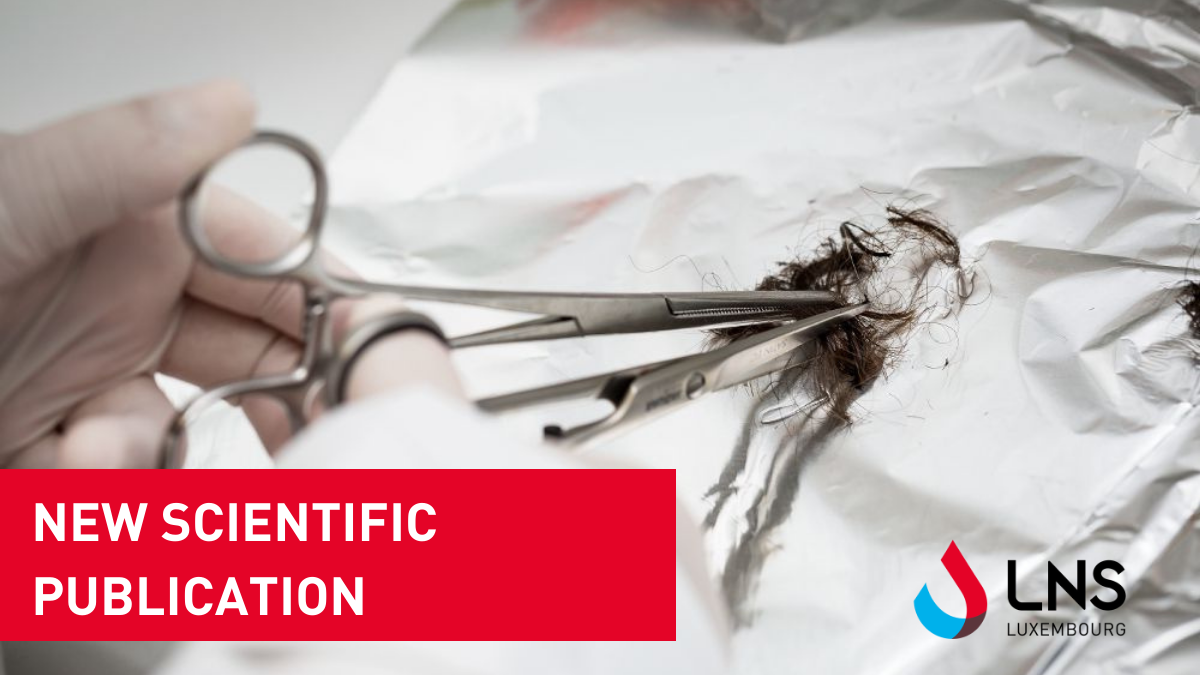- The Laboratory
- Organization
- Departments
- Jobs
- Analysis book
- Contact
- News
- Publications
- Download



Hair samples are used in forensic laboratories to test for substances, such as amphetamines, cocaine or ethyl glucuronide. One of the potentially critical preanalytical factors is the hair decontamination procedure that can be based on either aqueous or organic solvents. Other important preanalytical factors that can influence the analytical results are hair porosity, coloration status and storage time.
A new publication from the LNS Legal Medicine Department, in collaboration with the Belgian National Institute of Criminalistics and Criminology, on the impact of washing procedures is currently in press (Drug Test Anal 2022, doi: 10.1002/dta.3237). Hair samples from different substance users (cocaine, heroin, methamphetamine, methadone, fentanyl, tramadol, diazepam, buprenorphine, dihydrocodeine, citalopram and trazodone), of different colour, origin, porosity and storage time were tested; for a soaking study deuterated analogues of the substances were used. Different washing/decontamination procedures were applied and measurements of substances and/or their metabolites were performed by previously validated UPLC-MS/MS methods. The results showed that the analytical methods are robust to washing up to 90min but that longer methanol washing can remove incorporated substances, especially from damaged or old hair samples.
The scientific expertise of the LNS Legal Medicine Department has, once again, advanced the state of knowledge towards accurate measurements in forensic toxicology. Through forensic biospecimen research, the critical role, but also the interdependencies between different preanalytical factors could be shown.
